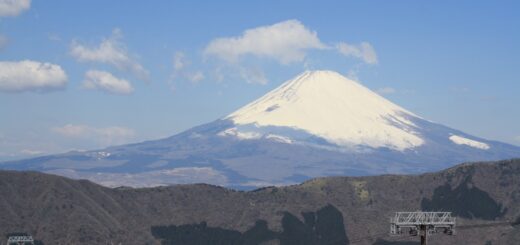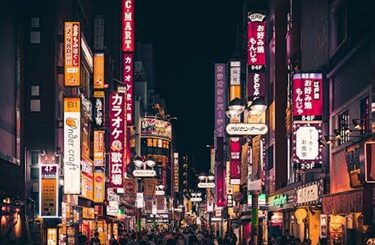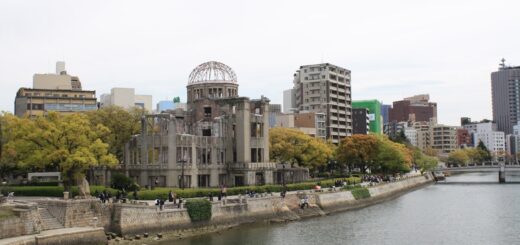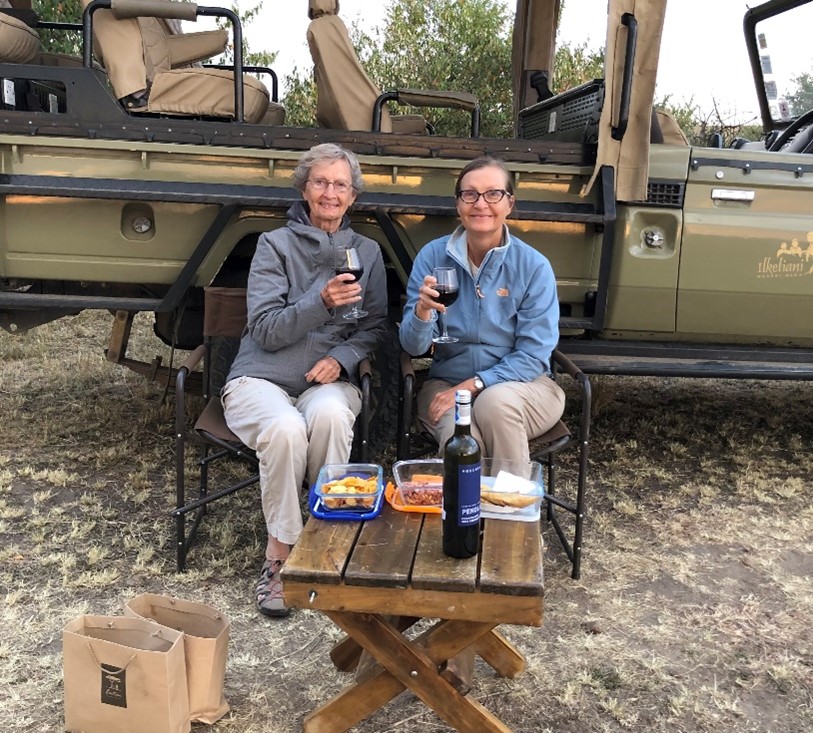Delhi
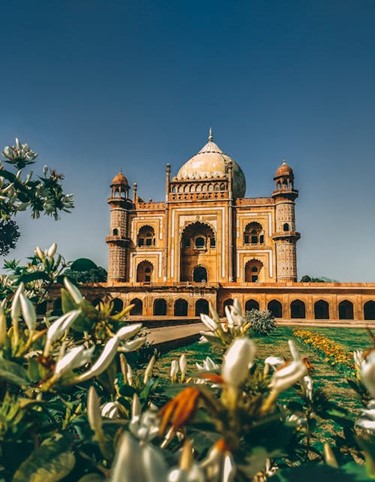
Travel Advice for Seniors: Delhi
India is what we viewed as an exotic destination, completely foreign to us yet intensely interesting. With its mix of awesome history, unique religions, rare animals and unfamiliar culture, it was tops on our list of places to investigate.
India’s history began somewhere around 2500 BC, with settlement in the Indus Valley. The major empires that ruled India include the Maurya Empire, the Gupta Empire, the Mughal Empire, and the British Raj. Remains of these empires are found throughout the country and provide a fascinating look of the complex history of the country. Delhi is the capital of India.
India’s religion is predominantly Hinduism, with a bit of Islam, Christianity, Sikhism, Jainism, Buddhism and Animism. Hinduism is way of life and philosophy that is one of the world’s oldest religions. It is based on the idea of dharma, or cosmic order. There is no one particular god, rather the belief is that all people are divine, and that the purpose of life is to realize one’s divinity. To reach this divinity, there is samsara, which is the cycle of death and rebirth. There are 33 types of deities in Hinduism, with the main deities being Brahma, Vishnu, and Shiva, however, there are hundreds or even thousands more, which makes for interesting temple design and many, many legends.
A word on India….Cattle, particularly bulls, are venerated as the vehicle of Shiva and beef is not eaten. Many Indians are vegetarian, and lentils are the legume of choice. Interestingly, it is okay to own cattle for breeding and for milk, but once they pass the time of usefulness, many are simply turned loose to wander cities. Be prepared to see many undernourished cattle and dogs wandering the streets in India. While many may appear heartbreakingly thin, but it is our understanding that it is part of the Hindu religion and culture to take care of these animals. It was one of the hardest things to get used to when traveling India and we took every opportunity to purchase grass for the cows and leave behind food for the dogs.
India’s culture emphasizes duty, respect for elders, hospitality, non-violence and family cohesion. While the caste system was outlawed in India, it is still practiced in certain parts of the country. Castes are the stratified layer of society into which one is born. You can be a multi-millionaire and still be of the lowest caste and not accepted into higher society or even allowed into some restaurants. Our guide said that it is becoming more common to marry into different castes, but in smaller villages a lot of times the old rules still apply.
We started our three-week trip through Nepal and India in Kathmandu, then to Varanasi and over to the tourist triangle of Jaipur, Udaipur and Delhi last. By the time we reached Delhi we had seen so many impressive forts, monuments and temples that we were ready for a change of pace.
Our guide quickly realized this and one of our favorite moments was when he decided to take us somewhere that no tour includes…the Royal Water Tank. Sounds questionable, but it was actually a beautiful park that was built alongside ancient ruins. While there taking a serene stroll, the park manager asked if we would like to sit down for a cup of chai. We agreed and spent a delightful hour talking about life in Delhi, our trip and life in the US. Sometimes, spontaneity and serendipity collide to create one of the most memorable moments on your trip! Be open to this.
Of course, we did need to do justice to Delhi and see some of the famous sights which we certainly did over two days’ time.
So first, what is it, Delhi or New Delhi? Actually, it’s both. New Delhi is technically the part of Delhi built under British rule in the early 1900s, it is called that due to its very different architecture from the rest of the city. That out of the way, what’s next?
We started our tour with a cyclo ride through Old Delhi. Old Delhi was built as the capital of the Mughal Empire by Shah Jahan in the mid-1600s. There was plenty of history to soak up in this area not to mention a tour of the UNESCO World Heritage site, Red Fort, the Shah’s palace and fortress built after he moved his capital from Agra. It is a huge edifice made from red sandstone famous for being the site of India’s independence from British rule in only 1947.
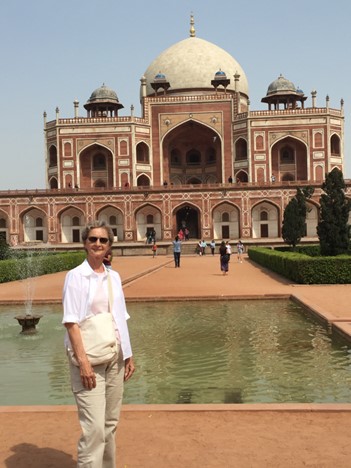
Next up was Jama Masjid, is one of the largest mosques in India. Mughal emperor Shah Jahan built it in the mid-1600s as part of his new capital. The courtyard can hold up to 25,000 worshipers and its magnificent design and unique ogee ornamentation was completed over six years by over 5,000 workers. Accessible parking.
The cyclo ride continued through the Delhi Market Chandi Chowk, one of the largest in Asia. We especially liked the produce and spice areas as well as the place where young bride’s-to-be go shopping for their red wedding saris. Such finery! Indian weddings, nutshell version: Indian weddings last 3-5 days and have many rituals and traditions. The bride’s family usually pays for the wedding and the bride brings a dowry in cash or property to the groom and his family. We love going to markets and interacting with the locals. The sights and sounds of markets are part of the fun and bustle. Parking and entrance are accessible as are some of the walkways.
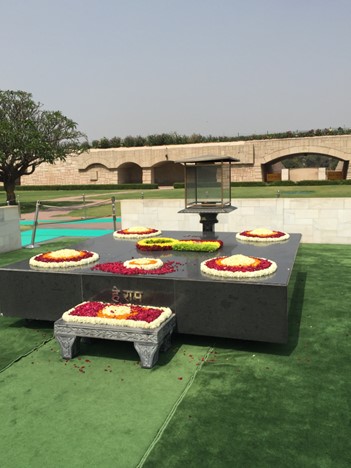
In the afternoon we made a trip to the Mahatma Gandhi Memorial. Gandhi is a bit of a interesting subject in India, as while he did lead a non-violent campaign for India’s independence from Britain and is known as a hero, he also played a role in the partition of India, incited religious divisions and election influencing. His home is also close by the memorial and the garden where he was assassinated is next door. Accessible parking and entrance.
A few more sights for the first day of touring included the New Delhi area which included the India Gate and the old British parliament buildings. The India Gate is a war memorial for the tens of thousands of Indians who lost their lives fighting for the British in World War I. We also stopped by the Ugrasen Ki Baoli a 3000 year old step well in the middle of the city. We capped off our day by a visit to the Imperial Hotel for high tea, a tradition which thankfully the British left behind!
Next day was another packed schedule to wrap up our tour of Delhi. We started with a visit to Humayun’s Tomb. Built in 1570, it was the first garden-tomb on the Indian subcontinent. It is the burial site of the second Mughal emperor and about 150 other family members. It is unique as it was a precursor to the Taj Mahal and though smaller in scale and built of red stone, it is finely and exquisitely detailed. Parking lot and grounds are accessible, but entrance and inside of the tomb is not.
We next visited Lodhi Gardens. The gardens cover an area of 90 acres and is a lovely green area with beautiful monuments and tombs, belonging to the Sayyid, Lodi and Mughal dynasties. Much of the architecture was built in the 15th century by Lodis.Accessible paths and surfaces.
Qutab Minar was built in 1192 by Qutb-ud-din Aibak, the first Sultan and first Muslim ruler of Delhi. The minaret is 72.5 meters and is uniquely built of bricks. Be sure to investigate the mystery surrounding the iron pillar. The second sultan of Delhi was buried here in the early 1200s. Accessible ramps and pathways.
Final stops were the Lotus Temple and Gardens of the Baha’i Faith and the National Museum. The National Museum artifacts span over 5000 years of Indian history. Be sure to check out the Harrapan Dancing Girl and Nal artifacts, Buddha relics and miniature Moghul paintings to name a few. Generally not accessible.
Very last stop was the fantastic Sikh temple, Gurudwara Bangla Sahib, known for its association with the eighth Sikh Guru, who in the mid-1600s healed many people during a cholera epidemic.Accessible entrances, ramps, pathways and restrooms.
It was an exhausting couple of days at the end of our trip, but Delhi is worth every minute and we wanted to finish our tour of India on a high note. So much history, so much to see!
Where we stayed: The Suryaa. breakfast included, however, WIFI was at an extra cost when we stayed. Very nice hotel, convenient location.Accessible common areas and entrance.
How we got there: Flight from Udaipur to Delhi.This was part of a three week private tour through Nepal and India.
General Accessibility Information: See notes above. India is not known for accessibility, though they are making progress by introducing ramps at some major sights. Call in advance to verify and make specialty arrangements.See our sections on specialty apps and accessible travel for more on accessibility assistance.

